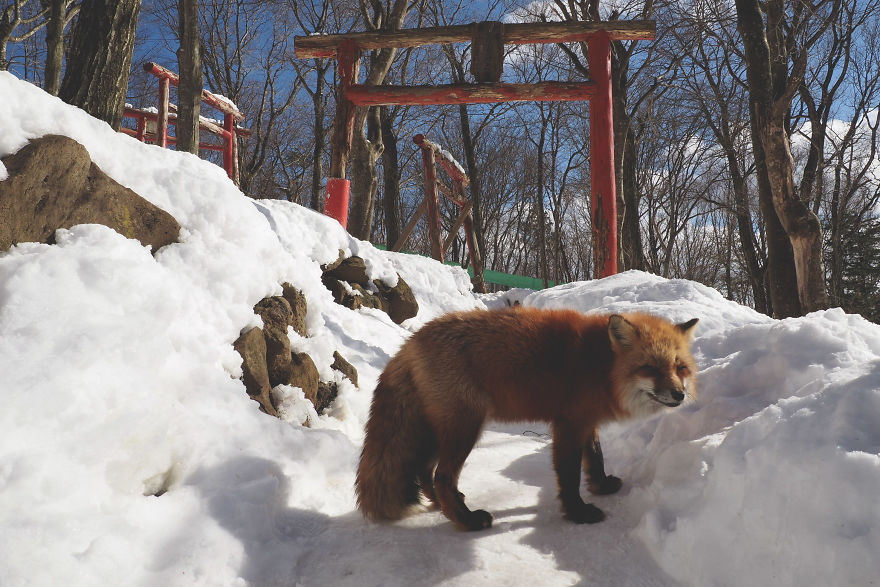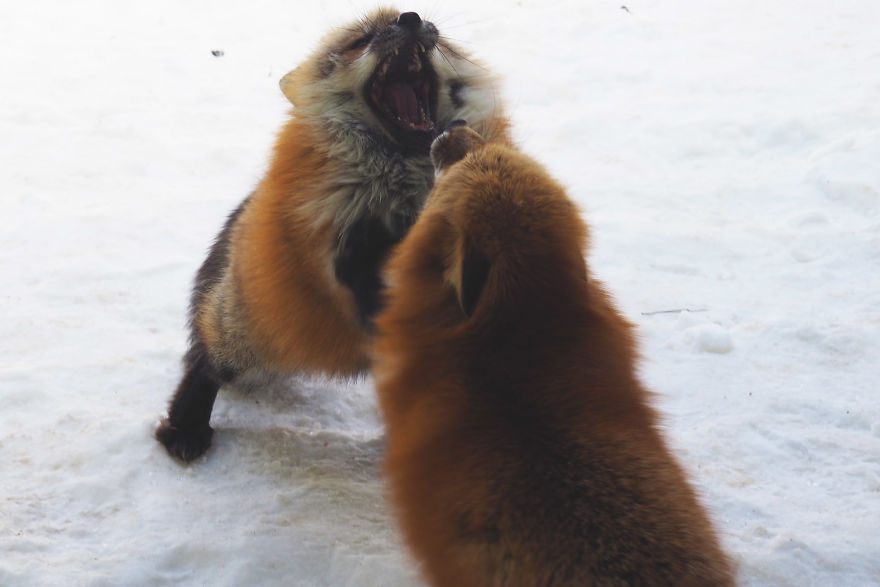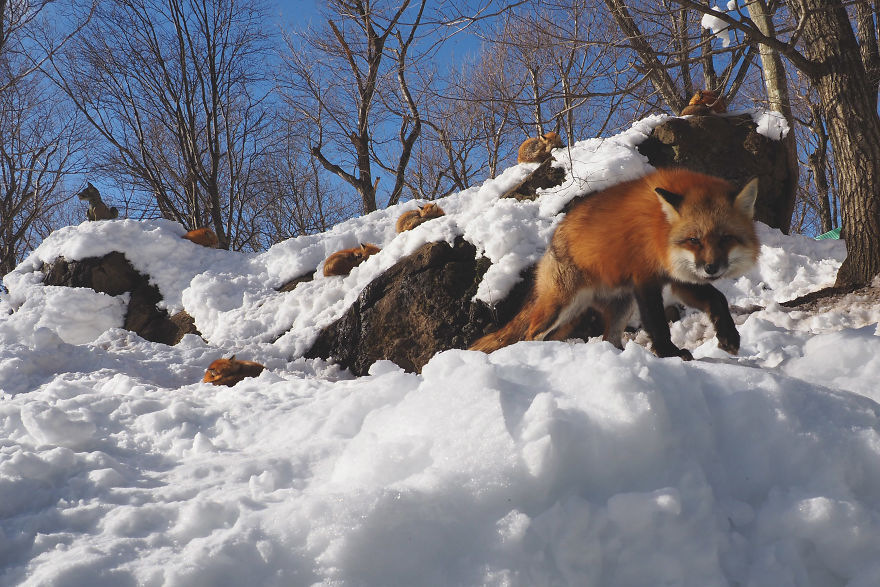A Trip to Japan’s Fox Village
In Shinto belief, foxes are sacred, and a Japanese town has even been dedicated to them. Photographer Natasha Puente offers a guided tour.

© Natasha Puente
Across Japan, there are many places that have become known due to a distinctive characteristic. Okunoshima is nicknamed ‘Rabbit Island’; there is nothing natural about the presence of this large rabbit population, which could be connected to the use of rabbits in experiments at the toxic gas plant located on the island.
In Miyagi Prefecture, another animal is celebrated. Close to the city of Sendai, ‘fox village’, or Zao Kitsune Mura, attracts many curious visitors. The man-made park has over one hundred foxes of six different species. Globetrotting Mexican Natasha Puente headed there in January 2017, armed with her Olympus OM-D.
The fox, Inari’s messenger
The fox is a sacred animal in Japan, because in Shinto belief it is the messenger of Inari (worshipped at the Fushimi Inari Taisha shrine in Kyoto), the god of fertility and rice cultivation. True to this belief, Zao Kitsune Mura also has a small Shinto shrine.
In the park, which opened in 1990, those willing to pay can feed and even hold a baby fox. Natasha Puente shares her trip in this series of photographs. However, it should be noted that although the park makes for idyllic pictures, the living conditions for the foxes are far from optimal and, as a veterinarian testifies in an article published by The Dodo, ‘this environment takes a toll on the animals physically, mentally and emotionally.’
The photographer regularly shares her other adventures on her Instagram account.

© Natasha Puente

© Natasha Puente

© Natasha Puente

© Natasha Puente

© Natasha Puente
TRENDING
-
The Tattoos that Marked the Criminals of the Edo Period
Traditional tattoos were strong signifiers; murderers had head tattoos, while theft might result in an arm tattoo.

-
Chiharu Shiota, Red Threads of the Soul
Last year, more than 660,000 people visited the retrospective 'Chiharu Shiota: The Soul Trembles' exhibit at the Mori Art Museum.

-
‘Before Doubting Others, Doubt Yourself. Who Can Truly Say a Dish Isn’t What It Used to Be?’
In ‘A Non-Conformist’s Guide to Surviving Society’, author Satoshi Ogawa shares his strategies for navigating everyday life.

-
The Story of Sada Yacco, the Geisha who Bewitched Europe
Described by Dazed magazine as the first beauty influencer, she has been restored to her former glory since 2019.

-
Ito Jakuchu's Naturalist Paintings
From 15 September until 14 October 2018, the Petit Palais showcased the artist's iconic ‘Images of the Colourful Realm of Living Beings’.





